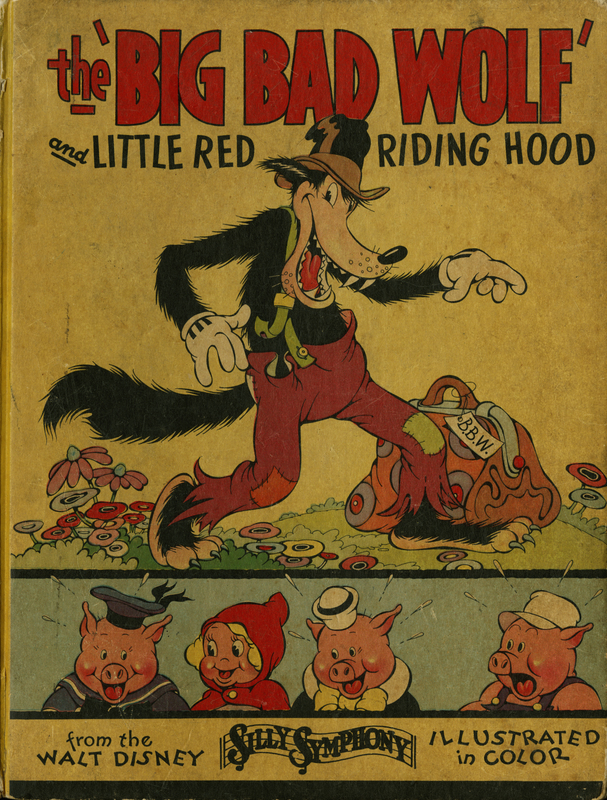The Little Mermaid
The Little Sea Maid (1883). Hans Christian Andersen (author)
Andersen’s Stories: The Little Sea Maid, a close translation of Hans Christian Andersen’s 1837 “Den Lille Havfrue,” reflects the increasing pre-eminence of “The Little Mermaid” over other fairy tales with which it was anthologized. While the first two Danish editions of “The Little Mermaid” nestled the story in large general collections of fairy tales, this edition includes only two other stories. The mermaid’s importance to the collection is furthered by being placed in the title and cover art of the collection. Anderson himself acknowledged that from the beginning “The Little Mermaid,” “in an especial manner, created an interest which was only increased by the following volumes,” and launched his international fame. Increasing the primacy of “The Little Mermaid” in subsequent editions made the collections it appeared in more marketable for publishers.
The single illustration included in the text of The Little Sea Maid depicts the mermaid in her human form dancing for a packed court, and demonstrates how this edition promoted English cultural values such as emotional restraint. Andersen’s stories, critic Julia Briggs acknowledges, with their detailed descriptions of suffering, make “few concessions to nursery sensibilities, and some of what is taken for sentimentality may simply be an entirely un-English lack of reticence about strong emotions.” It is therefore of note that in the one scene illustrated in this English translation, the mermaid is characterized by a “stiff upper lip;” despite feeling that she is walking on needles and knives, she dances for the court beautifully and with an expression so untroubled that not one face in the crowd gazing upon her shows any distress on her behalf.
Katyanna Guthrie and Alexandra Wisbiski
If You Love a Mermaid Tale (2010). Saviour Pirotta (author). Alice Peebles (author). Susanna Lockheart (illustrator)
If You Love a Mermaid Tale, illustrated by Susanna Lockheart, exemplifies intricate paper engineering techniques. As described by the Smithsonian Museum’s exhibit on paper engineering, “Movable and pop-up books teach in clever ways, making the learning experience more effective, interactive, and memorable.” Rather than incorporating elaborate pop-up elements, Lockheart’s book uses subtle motions of the paper to gradually change the scenes. This style of paper engineering helps to convey the "fairytale ending" of Disney’s adaptation of “The Little Mermaid,” as the dark image of the shipwreck transforms into the contrastingly joyful ending. The paper engineering enhances both the magic of the fairytale and its interaction with readers.
This 2010 version of “The Little Mermaid” tale has plot elements that differ from the original story. The 1837 Hans Christian Andersen tale ends with the mermaid failing to win the Prince’s love and turning into seafoam. The reward of the original ending lies in transcendence for the mermaid, but this element of character maturation has been removed from If You Love a Mermaid Tale and replaced with the simpler happier ending common in contemporary children’s books. The elaborate, joyous wedding scene depicted on this page is in line with the fundamental changes to the story introduced in Disney’s 1989 film. The Disney movie is the first adaptation in which the mermaid actually achieves her goal of making the prince fall in love with her, and the widespread popularity of this altered ending influenced later versions like Lockheart’s.
Grace Biermacher and Rachel Bielski

Little Red Riding Hood

Hansel and Gretel




